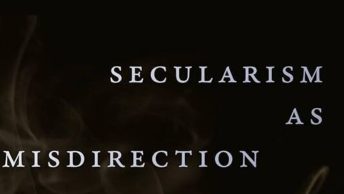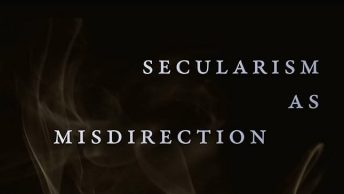Law Clerks, the Supreme Court, and Harvard
A draft of a paper I have been working on was recently posted on SSRN as part of the Harvard Law School Program on the Legal Profession Research Paper Series. The paper is titled: “From Hyderabad to Harvard: How U.S. Law Schools Make Clerking on India’s Supreme Court Worthwhile”. In it, after interviewing over two dozen law clerks who have served on the court, I study the institution of the law clerkship on the Supreme Court of India. The paper’s central argument is that though doing a clerkship lacks prestige in India’s legal profession, it is primarily pursued by those interested in getting an LL.M. at a U.S. law school – ironically not necessarily by those who are even interested in getting into litigation. I suggest that this is because admissions departments at American law schools are unable to figure out the cultural nuances of the legal profession in other countries, and so they assess international LLM applicants by looking for credentials in them that one would ordinarily expect to find in the model American law student. How is the typical U.S. law school’s admissions department supposed to know, for example, that working for one of India’s “Grand Advocates” counts for more in the legal profession than clerking with the Chief Justice of India? Law clerks typically don’t get signing bonuses in India, and the year spent as a law clerk is usually not counted by law firms. By contrast, a lawyer is forever identified with the “Grand Advocate” s/he has worked with – for example, Seervai, Bhagwati and Palkhivala were always identified as belonging to the chambers of Sir Jamshedji Kanga. The “Grand Advocates” of the Supreme Court have been around on the court for longer than most of the court’s judges, who usually serve short 5-7 year terms in office. The paper is still a work in progress, and comments are welcome.
Subscribe
Login
0 Comments



